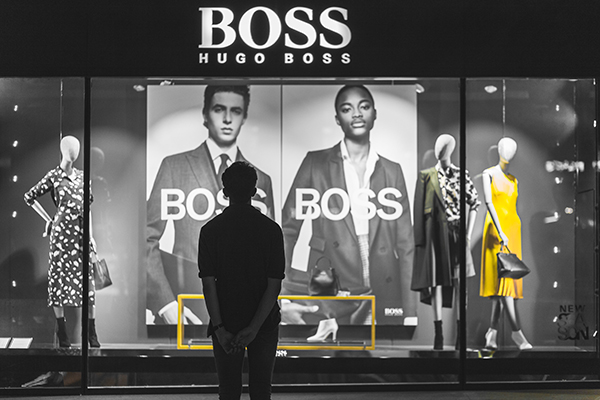New research has revealed that 80 per cent of retail IT decision makers in the UK are planning to change their IT strategy as a result of challenges on the High Street.
IT as a service firm Rackspace surveyed 250 IT decision makers in the UK retail industry to see how they are adopting new technologies to react to shifting consumer trends, while continuing to deliver cost-savings and customer experience.
But this doesn’t come without its challenges – as 86 per cent of respondents said that this movement to digital channels has generated greater competition online.
The research found that key factors impacting IT strategies included:
• The need to drive more traffic to websites (52 per cent).
• The need to handle more traffic on the website (44 per cent).
• The need to deliver an omnichannel customer experience (34 per cent).
• The need to better integrate customer experiences online and in store (42 per cent).
• The need to implement new consumer-facing technologies, both in-store experiential technologies like virtual and augmented reality (26 per cent) and automated services online (31 percent).
Lee James, chief technology officer from EMEA at Rackspace, commented: “The growth and dominance of web and mobile channels has led to waning high-street footfall, and the race to transform both the in-store and online experience is putting immense pressure on IT departments.
“These factors are shifting IT strategies, further complicating the challenges decision makers face in delivering, designing and implementing new highly-secure, bespoke solutions.”
When asked about specific technology investments, more respondents indicated that they plan to invest in their online capabilities than in-store capabilities, with emerging technologies such as artificial intelligence (33 per cent), chatbots (30 per cent) and virtual and augmented reality (24 per cent) primed for significant adoption.
However, the three leading technologies set to be adopted over the next 12 months as part of an IT strategy are data analytics (48 per cent), mobile applications (46 per cent) and cyber security (46 per cent). These three technologies also dominate UK retail IT department budgets for the year ahead, representing 13 per cent, 13 per cent and 12 per cent respectively on average.
“Retail IT departments see investing in new technologies as an opportunity to reinvigorate the in-store experience,” stated James. “The same technologies that will be so vital to the inevitable e-commerce expansion - like data analytics, mobile applications and artificial intelligence - can help to deliver on a flawless customer experience across every channel.”
Those surveyed also stated that their biggest challenges were budget constraints (42 per cent), a lack of technical skills (27 per cent), the availability of partners to support (20 per cent), legal and regulatory compliance (19 per cent) and a lack of strategic vision (18 per cent).
For those IT decision makers not planning to implement any new technologies over the next 12 months, half said that this was due to the lack of a clear roadmap.
Beyond Channels: Redefining retail with Unified Commerce
This Retail Systems fireside chat with Nikki Baird, Vice President, Strategy & Product at Aptos will explore how unified commerce strategies enable retailers to tear down these barriers and unlock new levels of operational agility and customer satisfaction.
The future of self-checkout: Building a system that works for consumers and retailers
In this webinar, industry leaders discussed what the future of self-checkout looks like and how retailers can make the technology work for everyone.
© 2024 Perspective Publishing Privacy & Cookies










Recent Stories